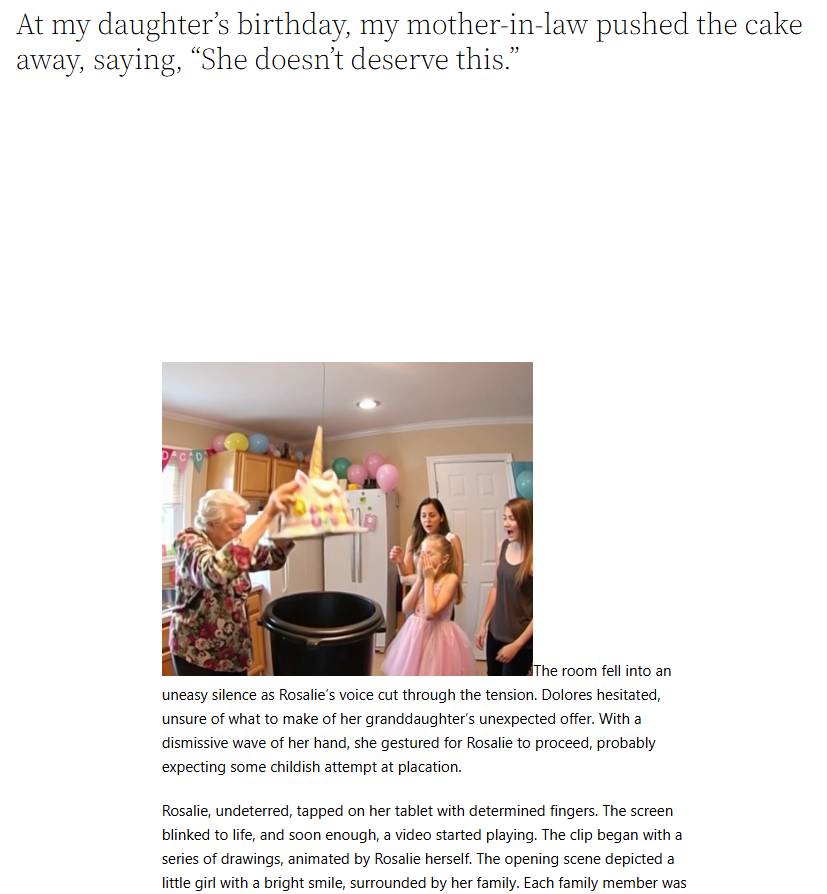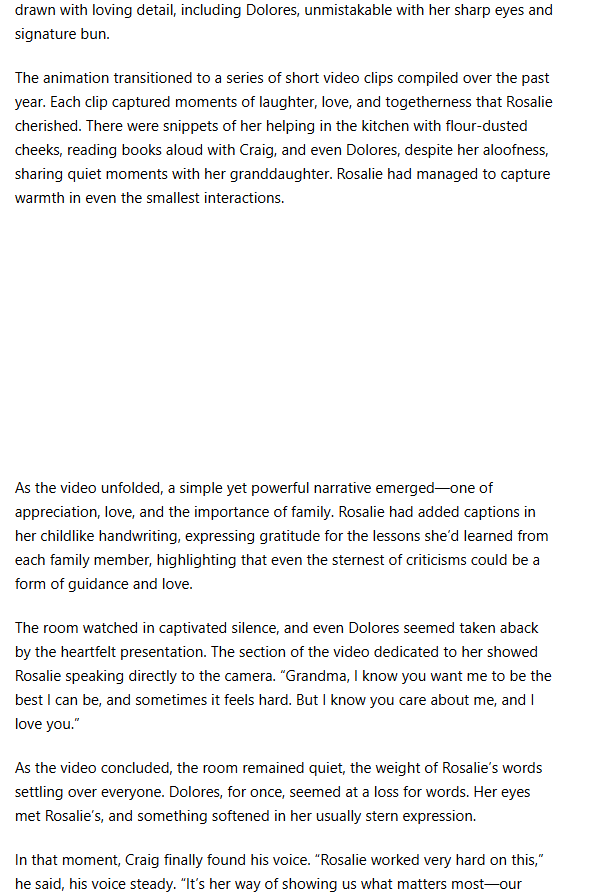In a world where fitness trends constantly evolve and mental wellness has become a top priority, one activity continues to stand the test of time: dancing. It is far more than an art form or a social pastime—it’s an exhilarating way to keep the body healthy and the mind vibrant. Dancing fuses physical movement, rhythm, and emotion into one expressive practice that benefits both the heart and soul. Whether you find yourself swaying alone in your living room, joining a high-energy Zumba class, or perfecting your form in a ballroom, dance is one of the most effective ways to improve cardiovascular health while offering deep emotional release.



The Physical Power of Dance
When people think of cardio workouts, they often picture running on a treadmill or cycling for miles. Yet dancing can match, and often surpass, these activities in terms of intensity and enjoyment. At its core, cardiovascular exercise is any activity that raises your heart rate and increases blood circulation. Dance does precisely that—but with a rhythm that makes your body want to move.
Every genre, from salsa to hip-hop, involves continuous motion that challenges different muscle groups and engages the core, legs, and arms. Even a slow waltz requires coordination, posture, and sustained effort that keeps the body active and the heart pumping. For people who find traditional workouts repetitive or uninspiring, dance offers a dynamic and entertaining alternative.
In fact, studies show that an hour of vigorous dancing can burn anywhere from 300 to 600 calories, depending on intensity and body weight. But what makes dance truly remarkable is how it disguises effort as enjoyment. You’re so focused on the rhythm, the beat, and the joy of movement that you barely notice how hard your body is working. That natural enthusiasm sustains longer workout sessions, leading to improved endurance, balance, and overall cardiovascular strength.
Why Dancing is a Superior Form of Cardio
Unlike many structured exercises, dance engages both the body and the brain. It requires coordination, memory, and quick decision-making as you move through steps or sequences. This dual stimulation enhances neuroplasticity—the brain’s ability to form new connections—and supports long-term cognitive health. For older adults, dancing has been linked to a lower risk of dementia and improved mental agility.
Moreover, dance routines often include short bursts of high-intensity movement followed by slower recovery periods, mimicking the structure of interval training. This variation keeps the heart rate elevated while allowing for moments of active rest, which is highly effective for improving cardiovascular fitness. It also helps regulate blood pressure, reduce cholesterol levels, and boost lung capacity.
Another key advantage is accessibility. You don’t need a gym membership or expensive equipment to dance. All that’s required is music, space, and the willingness to move. From cultural folk dances to contemporary street styles, there’s a form of dance for every fitness level and personality type.
The Emotional Release Behind the Movement
Dance is not only about physical fitness—it’s a deeply emotional experience. Movement has long been used as a means of expression, allowing individuals to communicate feelings that words cannot capture. When we dance, we channel energy, emotion, and intention through motion. This connection between body and emotion makes dance an unparalleled outlet for stress relief and self-discovery.
When you move to music, your brain releases endorphins and dopamine—the body’s natural “feel-good” chemicals. These neurochemicals elevate mood, combat anxiety, and promote a sense of well-being. Dancing also reduces cortisol, the stress hormone, creating a natural balance between physical exertion and emotional calm.
Beyond the chemical benefits, dancing allows people to reconnect with themselves. The rhythmic flow of movement provides a meditative state where external worries fade away. In this moment, the body and mind operate in harmony, creating a sense of grounding and release. Many dancers describe this experience as liberating—a moment where emotion transforms into physical energy and then dissipates, leaving clarity and peace in its wake.
Social Connection and Emotional Healing Through Dance
Humans are social beings, and dance has been a communal activity since ancient times. From tribal ceremonies to modern-day dance parties, moving in unison fosters a sense of belonging and connection. Group dance classes or social events like salsa nights provide opportunities to meet new people, build confidence, and develop empathy.
For many individuals, especially those struggling with loneliness or depression, the social aspect of dance can be life-changing. Shared movement breaks down barriers, creating bonds without the need for conversation. The mutual rhythm builds trust and connection, reinforcing emotional well-being and a sense of inclusion.
Moreover, dance therapy—an established field within psychology—uses movement as a tool for healing trauma and emotional pain. Through guided sessions, individuals explore their internal experiences using motion instead of words. This process helps release stored tension and reconnects the mind with the body, a crucial step for those recovering from grief, anxiety, or stress.
Dance Styles and Their Unique Benefits
Every dance genre carries distinct physical and emotional advantages. Understanding how each form contributes to well-being can help individuals choose the right style for their goals.
- Zumba and Hip-Hop: These high-energy forms are great for cardiovascular endurance, coordination, and calorie burning. The upbeat music and social atmosphere boost confidence and joy.
- Ballet: Known for grace and control, ballet enhances posture, flexibility, and muscle tone while promoting mindfulness through disciplined movement.
- Ballroom Dancing: Pairs coordination with partnership, fostering trust and connection. It’s also an excellent workout for the legs, core, and cardiovascular system.
- Salsa and Latin Dance: With their lively rhythms and expressive movements, Latin styles improve agility, rhythm, and stamina while lifting mood.
- Contemporary Dance: Focuses on emotional storytelling and self-expression, making it a powerful form of emotional release and introspection.
- Folk and Cultural Dances: These celebrate heritage and identity, providing both a cardiovascular workout and a connection to tradition and community.
No matter the style, consistency is key. Even 20–30 minutes of dancing several times a week can lead to measurable improvements in heart health, mood, and energy levels.
The Mind-Body Connection in Motion
What sets dancing apart from other exercises is its deep integration of mind and body. Each movement requires awareness—of balance, rhythm, and spatial orientation. This mindfulness enhances body confidence and coordination, leading to greater self-assurance both on and off the dance floor.
As you become more attuned to your body’s signals, you learn to express yourself more authentically. This awareness translates into better emotional regulation and resilience. Dance becomes more than just fitness; it becomes a form of self-communication—a dialogue between body, mind, and emotion.
Bringing Dance Into Daily Life
Incorporating dance into your lifestyle doesn’t have to be formal or structured. The beauty of dance lies in its flexibility. You can start small—turn on your favorite song while cooking, take a dance break during work, or join a local class for social motivation. The key is consistency and joy.
If you prefer privacy, online dance workouts offer an excellent way to follow guided routines from home. Alternatively, community centers, gyms, and studios often host beginner-friendly sessions that welcome all ages and abilities.
The most important thing is to focus on how dancing makes you feel. The sense of liberation, rhythm, and self-expression can transform both your physical health and emotional outlook. Over time, dance can evolve from a fitness activity into a personal ritual—a celebration of life and vitality.
Final Thoughts
Dancing is one of the rare activities that unites the body, mind, and spirit in perfect harmony. As a cardiovascular workout, it strengthens the heart, tones muscles, and enhances endurance. As an emotional outlet, it reduces stress, promotes happiness, and deepens self-awareness. Few forms of exercise offer such a complete experience.
Whether you dance alone or with others, in a studio or in your living room, every movement tells a story—one of resilience, joy, and human connection. By embracing dance as both exercise and emotional expression, you not only nurture your heart but also set your spirit free.



